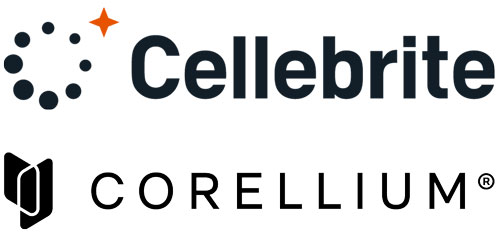
| Product Type |
|---|
The fastest and most accurate way to find PII in compromised data.
Purpose-built for responding to a data breach, Exterro Smart Breach Review eliminates the manual effort required to associate sensitive data with its subject, as required for reporting to regulators and data subjects.
Meet regulatory deadlines for post-breach reporting and notifications.
The only product built specifically for identifying personal data and matching to actual data subjects, Exterro Smart Breach Review helps you meet reporting and notification requirements on time.
Blazing Fast Breach Review
With linearly scalable ingestion speeds and massive review scalability, Exterro Smart Breach Review delivers the performance needed to meet tight regulatory reporting and notification deadlines.
Optimized Artificial Intelligence
Exterro Smart Breach Review’s market-leading AI capabilities ensure you can quickly and easily identify personally sensitive information within compromised data, even if you were unaware of its presence.
Self-Learning AI automatically detects personal information wherever it is.
The AI built into Smart Breach Review detects all types of personal information including personal health information (PHI) and custom PII types. Since it retains everything it learns in one review for subsequent reviews, the AI becomes more and more precise over time.
Accelerate outcomes and meet deadlines with massively scalable review.
Apply as many resources as required to meet reporting deadlines and optimize efficiency of review. Ingest data 30 times faster than competing solutions, support up to 1000 simultaneous reviewers, and automate PII labeling and redaction, all within a comprehensive project-based review platform.
Streamline regulatory and third-party notifications with customizable reporting.
Sensitive and personal data found by the AI or by reviewers is instantly available in customizable reports, organized by PII types or data subjects. Export the data for jurisdiction matching and third-party notification generation, or import into Exterro Incident and Breach Management to further automate the process.
Related Products
-
Exterro Incident and Breach Management
Confidently create and implement a consistent, documented, defensible cybersecurity incident and breach response process.
-
Exterro Data Discovery
Find, identify and classify personal information, determine data policy compliance and calculate risk across your data landscape faster than any other solution.
-
Exterro Data Retention
Operationalize your data retention strategy to meet regulatory obligations and reduce the risk posed by redundant, outdated, or trivial data.



